Reviewed by Julianne Ngirngir
Google's latest Android 16 beta brought a game-changing shortcut that lets you access Google Wallet with a simple double-tap of the power button. It's the kind of feature that makes you wonder how you lived without it — until you realize it's mysteriously missing from some Pixel devices. Android Authority confirms the feature is live in Android 16 Beta 2, but the rollout tells a familiar story of Google's inconsistent feature deployment.
Here's the thing: this isn't just about a missing button shortcut. It's about Google's broader challenge with feature parity across its own hardware lineup, and frankly, the company's radio silence on why some users are left waiting doesn't inspire confidence. What you'll discover here is how these seemingly small inconsistencies reveal deeper problems with Google's ecosystem strategy — and what it means for Android's competitive position against Apple's more unified approach.
The shortcut that changes everything (when it works)
The new double-tap power button shortcut represents a significant shift in how we access digital payments. Previously, double-tapping the power button exclusively launched the camera app on Pixel devices. Now, users can choose between camera or wallet access through a new "Double tap power button" menu in Settings.
What makes this particularly compelling is the security implementation. While you can launch the wallet app from any screen state, you'll need to unlock your phone first if it's locked before seeing your cards — a smart privacy protection that prevents strangers from glimpsing your payment methods.
This security approach reveals something important about Google's design philosophy: prioritizing user privacy over pure convenience. Compare this to Samsung's implementation, where similar shortcuts require additional authentication steps that some users find cumbersome. Google's balance here suggests the company has learned from early mobile payment adoption challenges, where security concerns slowed mainstream acceptance.
The feature works with whatever wallet app you've set as default, not just Google Wallet. Android 15 made the default wallet app configurable, so this gesture respects your choice whether you prefer Google's solution or alternatives. This flexibility becomes crucial as enterprise users increasingly demand support for corporate payment solutions and specialized digital identity tools.
Quick Settings: The fragmentation challenge exposed
While the power button shortcut grabs headlines, there's another Wallet access method that's been playing catch-up across Android devices. Samsung phones finally received the Google Wallet Quick Settings tile after being notably absent from this convenient shortcut for months.
The inconsistency here reveals a fundamental challenge in Google's ecosystem strategy. Google's own documentation acknowledges that "some Android phones may not have this feature as part of the Quick Settings menu," despite the tile being available through Google Play Services updates. This fragmentation directly undermines Android's competitive position against Apple, where feature deployment is uniform across supported devices.
The solution came through Google Play Services v24.33, which introduced an app-level Quick Settings tile that operates independently of the system-level feature. While clever, this workaround highlights a deeper problem: Google's relationship with OEMs creates technical debt that requires engineering resources to solve problems that shouldn't exist in the first place.
This fragmentation has real business implications. When Google Wallet boasts over 150 million users globally, inconsistent access methods create friction that can drive users toward competitor solutions like Apple Pay, which works identically across all supported hardware.
Lock screen shortcuts: Strategic real estate battles
Android 14 brought welcome flexibility to lock screen shortcuts, allowing users to replace the default Wallet and Home shortcuts with options like Camera, Do Not Disturb, Flashlight, and others. But this customization reveals something important about mobile payment strategy: lock screen real estate is prime territory.
Users can access these options through Settings > Display > Lock screen > Shortcuts, where they'll find eight different shortcut options including the distinction between regular Camera and Video camera modes. This granularity matters because different user personas have vastly different workflow priorities — content creators need instant video access, while business travelers prioritize boarding passes and payment methods.
The strategic importance of lock screen positioning becomes clear when you consider user behavior patterns. Research shows that mobile payment adoption correlates strongly with access convenience — the fewer taps required, the higher the usage rates. By making Wallet access customizable rather than guaranteed, Google may be inadvertently slowing its own payment platform's adoption.
Yet even this seemingly straightforward customization feature hasn't rolled out uniformly across Pixel devices. Some users report missing options or delayed availability, creating an inconsistent experience that undermines the premium Pixel positioning and user trust in Google's software reliability.
Google's silence speaks volumes about ecosystem challenges
What's particularly frustrating is Google's lack of communication about these rollout discrepancies. When users report missing features on officially supported hardware, the typical response is… nothing. This communication gap becomes more problematic when compared to how Apple handles feature rollouts — with clear device compatibility lists and transparent timelines.
The pattern extends beyond just Wallet shortcuts and reveals fundamental challenges in how Google manages its ecosystem. While the company recently expanded digital IDs to Arkansas, Montana, Puerto Rico, and West Virginia and added features like automatic boarding pass delivery, these advances mean little if baseline functionality remains inconsistent.
This silence has implications beyond consumer frustration. Enterprise adoption of Android devices depends heavily on predictable feature availability and support timelines. When Google can't guarantee that identical hardware will offer identical capabilities, it creates deployment uncertainty that benefits competitors with more unified ecosystems.
The communication vacuum also affects developer confidence. When platform features arrive unpredictably, app developers must build additional fallback mechanisms and compatibility checks, increasing development costs and potentially delaying feature adoption across the broader Android ecosystem.
What this means for your daily routine and Android's future
The missing Wallet shortcuts might seem like a minor inconvenience, but they represent a larger pattern that affects how reliable users perceive the Android ecosystem to be. When you're rushing to catch a flight or standing in line at your coffee shop, the difference between a quick double-tap and navigating through multiple screens isn't trivial — it's the difference between choosing Android or iOS for your next device.
This inconsistency shapes user behavior in lasting ways. When features work sporadically, users develop workaround habits rather than trusting the intended experience. They keep payment cards readily accessible instead of relying on digital wallets, or they stick with older interaction patterns rather than adopting new shortcuts. These behavioral adaptations reduce the competitive advantages that new features are supposed to provide.
For affected Pixel users, the current workarounds include using the existing lock screen Wallet shortcut (if available), adding Wallet to your Quick Settings panel (when the tile appears), or simply opening the app manually. But each workaround represents a small victory for Apple's ecosystem narrative about reliability and consistency.
The broader concern is what this inconsistency signals about Android's long-term competitive position. As mobile payments become increasingly central to daily life — and as Apple continues to leverage its unified ecosystem advantage — Google's inability to ensure uniform feature rollouts becomes a strategic vulnerability rather than just a user experience annoyance.
Google's Android 16 represents significant progress in making digital payments more accessible, but only for users who actually receive all the features. Until Google addresses these rollout inconsistencies and improves communication about feature availability, Pixel users will continue to experience the frustration of incomplete software updates on supposedly flagship devices — and Android will continue ceding ecosystem reliability advantages to its primary competitor.




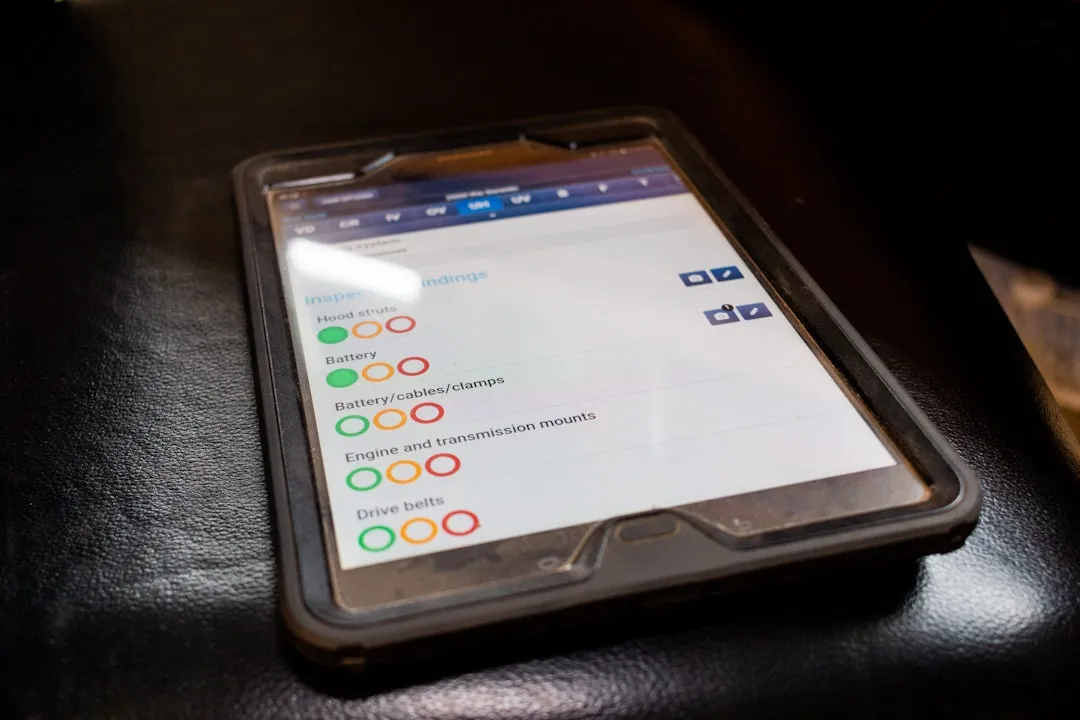

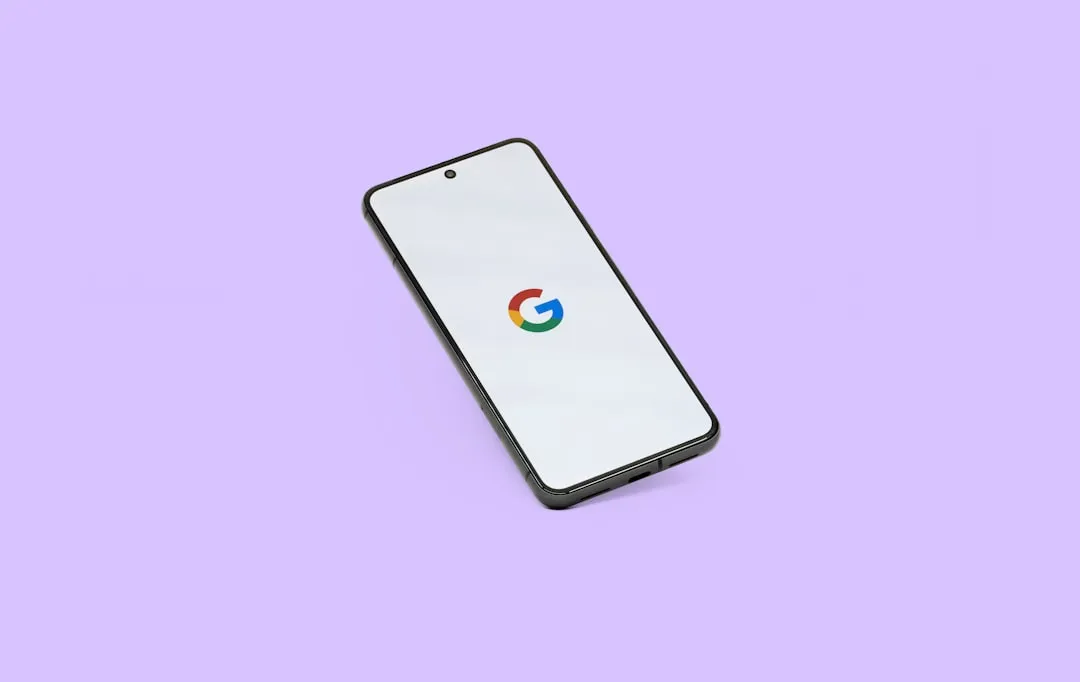

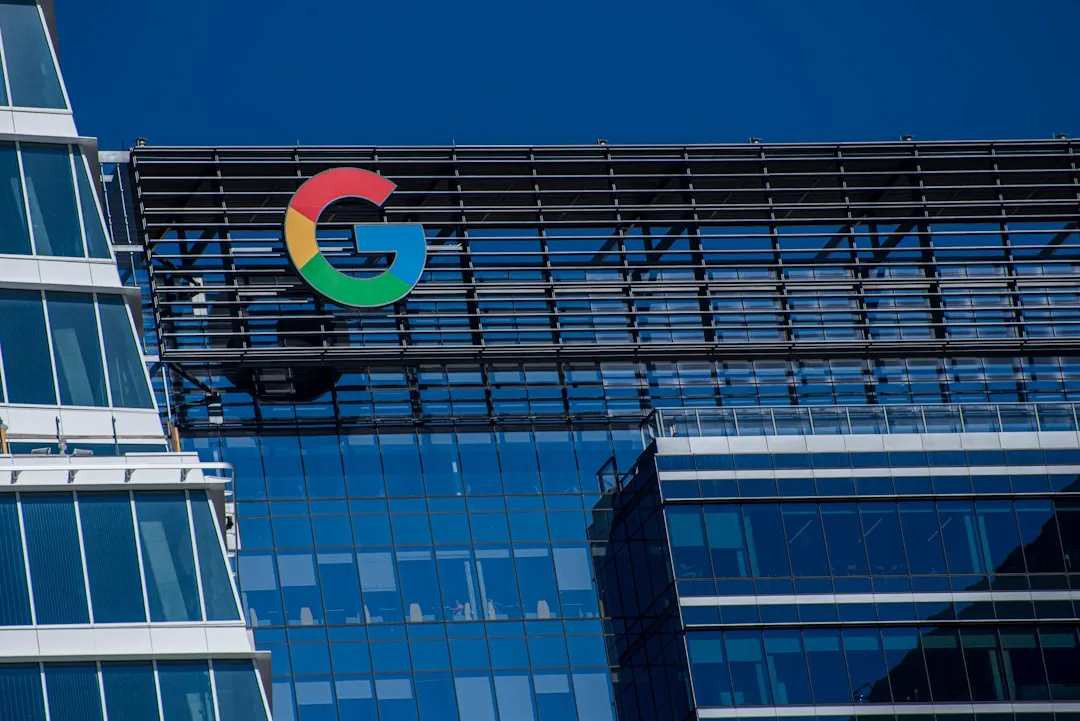







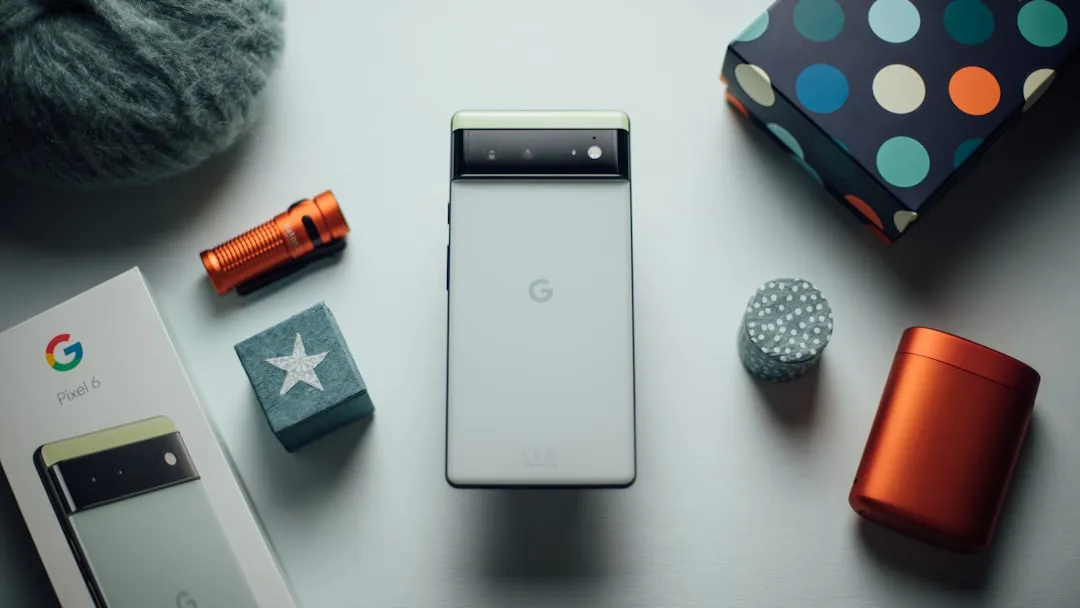

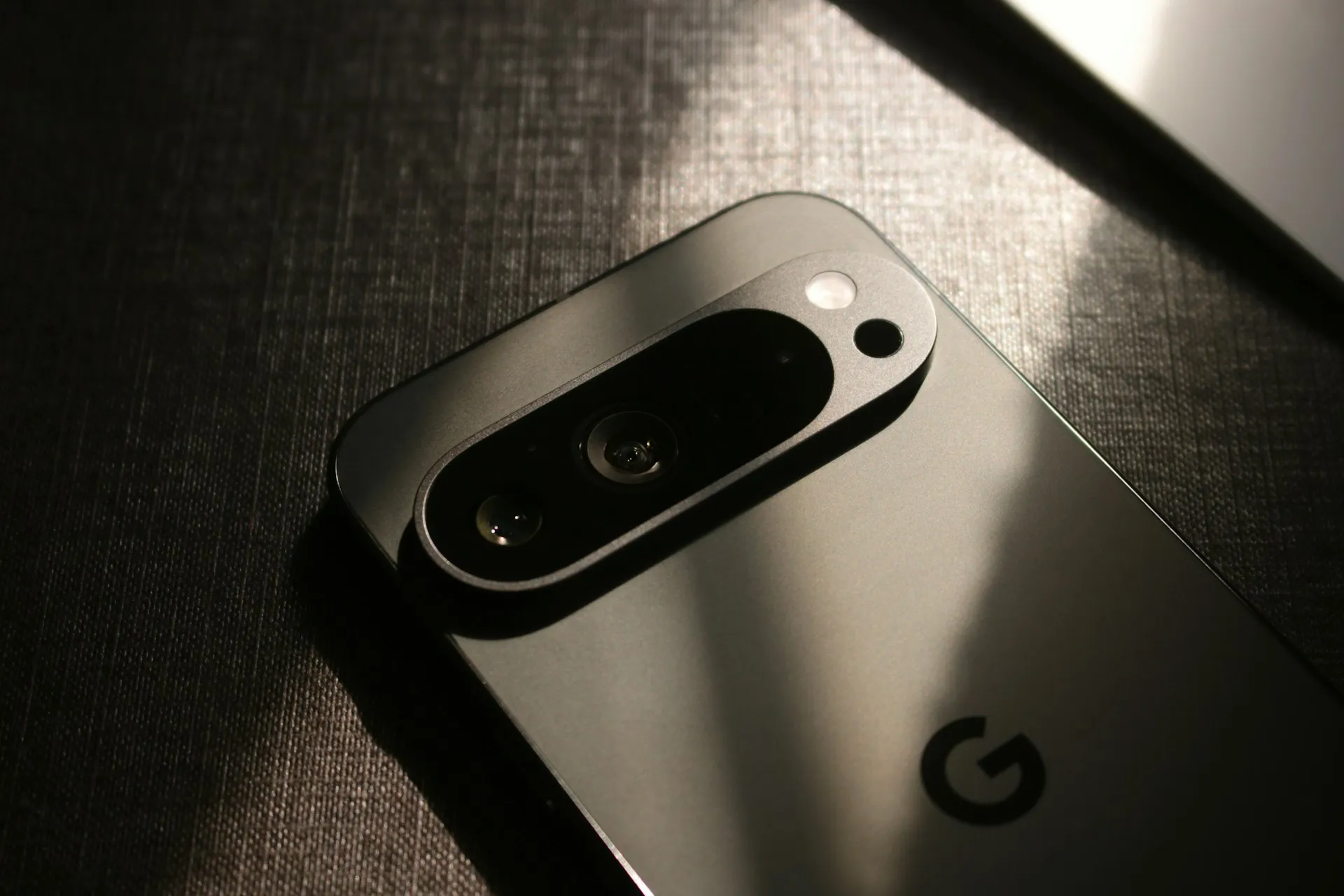
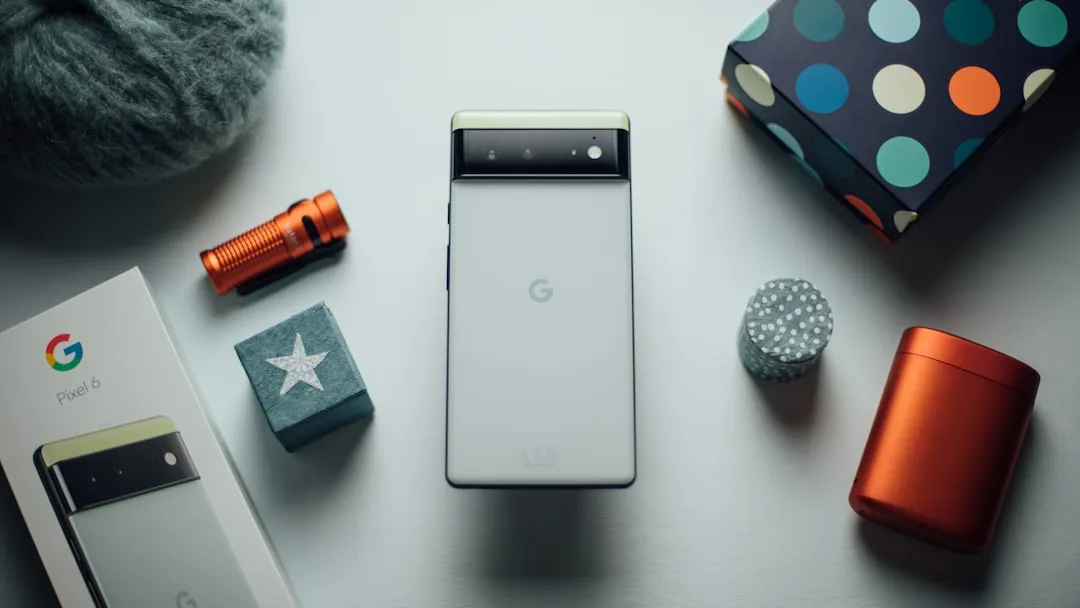
Comments
Be the first, drop a comment!